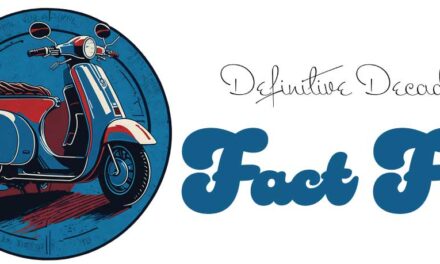Title: The Killing Fields: A Gripping Tale of Survival and Humanity
Introduction:
“The Killing Fields” is a powerful and harrowing film that delves into the brutal reality of the Khmer Rouge regime in Cambodia during the 1970s. Released in 1984, the movie is a drama based on real events and sheds light on the atrocities committed by the Khmer Rouge, their impact on the people, and the triumph of the human spirit amidst unimaginable horrors. Directed by Roland Joffé, the film falls into the genres of historical drama and war.
Background and Context:
“The Killing Fields” was released during a time when international interest in Cambodia’s tragic history was growing. The Khmer Rouge, under the leadership of Pol Pot, seized power in 1975, leading to a four-year reign of terror and genocide. Millions of Cambodians lost their lives through forced labor, starvation, and execution. The film aimed to bring the horrific events to the attention of a global audience and expose the Khmer Rouge regime’s crimes against humanity.
Director, Screenwriter, and Production Studio:
Director Roland Joffé, known for his compelling storytelling abilities, helmed “The Killing Fields.” The screenwriter, Bruce Robinson, adapted the screenplay from the book “The Death and Life of Dith Pran” by Sydney Schanberg and Pran’s memoir, “Survival in the Killing Fields.” The film was produced by Goldcrest Films and Enigma Productions.
Plot Summary:
“The Killing Fields” follows the intertwining lives of two journalists, an American correspondent, Sydney Schanberg (played by Sam Waterston), and a Cambodian photojournalist, Dith Pran (played by Haing S. Ngor). As the civil war escalates and the Khmer Rouge take over Cambodia, the journalists witness the horrors unfolding around them. When the American media is evacuated, Schanberg must leave his Cambodian colleague behind, leading to Pran’s perilous journey through the “killing fields” to ensure his own survival. The film illustrates their profound friendship and Pran’s indomitable will to survive against all odds.
Casting Details:
“The Killing Fields” features exceptional performances by its lead actors. Sam Waterston delivers a compelling portrayal of the compassionate journalist Sydney Schanberg. Haing S. Ngor, a Cambodian refugee and survivor of the Khmer Rouge’s atrocities, gives a powerful and deeply moving performance as Dith Pran, earning him an Academy Award for Best Supporting Actor.
Critical Reception:
Upon its release, “The Killing Fields” received critical acclaim for its powerful storytelling, direction, and performances. It was widely praised for shedding light on the Khmer Rouge regime and the genocide in Cambodia. Audiences were deeply affected by the film’s vivid depiction of the atrocities and its exploration of friendship and survival in the face of despair.
Notable Achievements and Legacy:
“The Killing Fields” achieved both commercial success and critical acclaim. The film grossed over $34 million at the box office and received numerous accolades, including three Academy Awards. Haing S. Ngor’s win for Best Supporting Actor was particularly significant as he was the first Asian actor to receive an Oscar. The film’s impact was far-reaching, generating increased awareness of the genocide in Cambodia and the plight of its people.
Legacy and Related Media:
“The Killing Fields” left an indelible mark on popular culture and continues to be an important cinematic endeavor. It inspired subsequent films and documentaries that explored the Cambodian genocide and its aftermath. In 2013, a documentary entitled “The Killing Fields 30 Years Later” was released to commemorate the film’s anniversary. While not a direct sequel, this documentary provided a follow-up to the events portrayed in the original film, reflecting on the ongoing impact of the genocide.
Conclusion:
“The Killing Fields” remains a vital and affecting film that captures the horrors of the Cambodian genocide while showcasing the resilience of the human spirit. Its gripping narrative, stellar performances, and accurate depiction of historical events contribute to its continued significance in raising awareness about the atrocities committed by the Khmer Rouge regime. The film’s legacy endures, reminding audiences of the importance of remembering and understanding the darkest chapters of history to prevent similar tragedies in the future.












